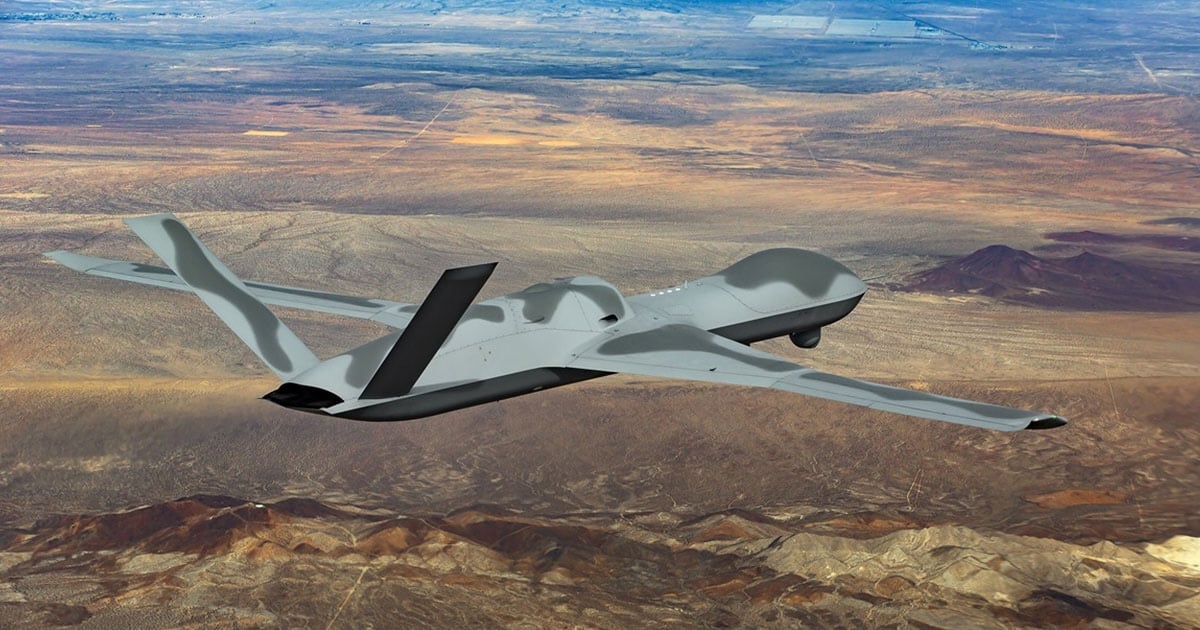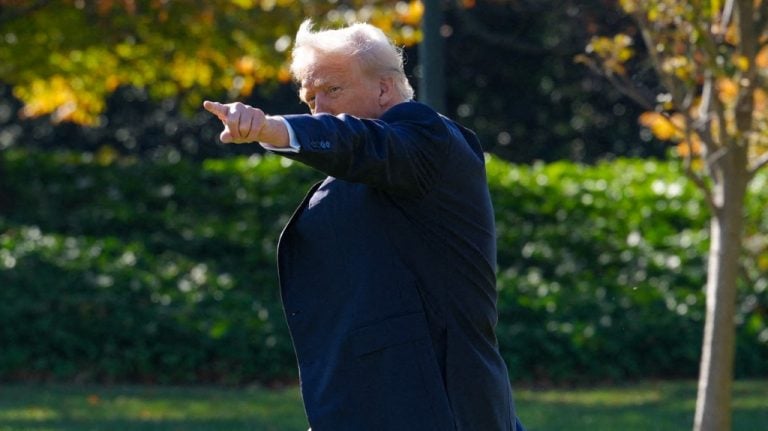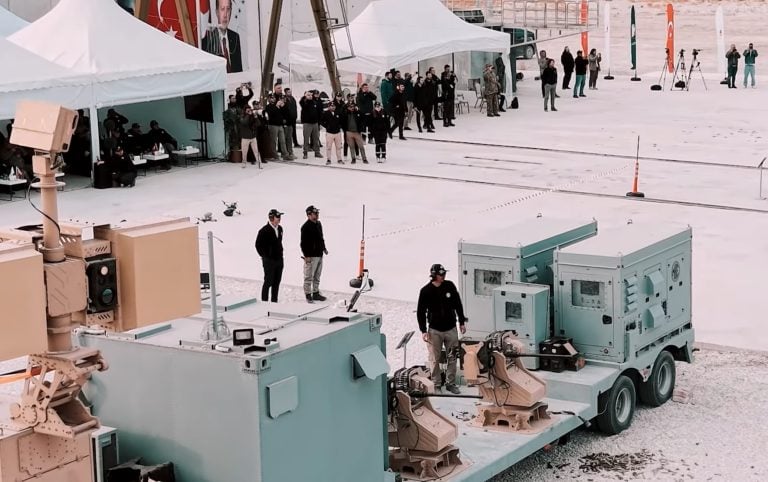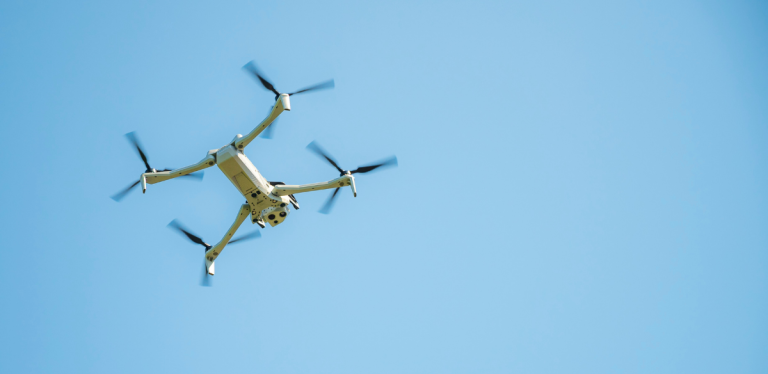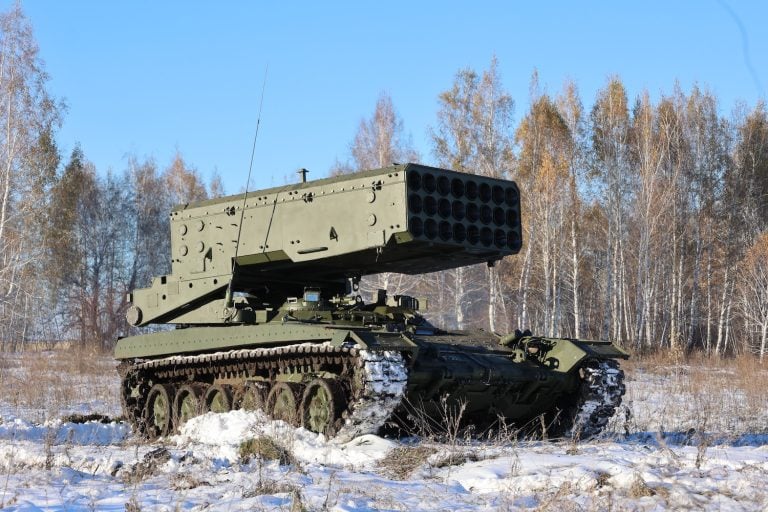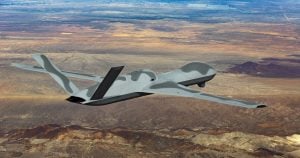In a groundbreaking achievement, a pilot flying an F-22 Raptor successfully operated a General Atomics Aeronautical Systems (GA-ASI) MQ-20 Avenger drone mid-flight. This historic demonstration took place on October 21 at the Nevada Test and Training Range, highlighting advancements in manned-unmanned teaming capabilities, as reported in a press release by GA-ASI earlier this month.
This event signifies an important milestone in the US Air Force’s initiative to integrate manned fighter jets with unmanned “loyal wingmen” under the Collaborative Combat Aircraft (CCA) program. The test was conducted under the guidance of Lockheed Martin’s Skunk Works, contributing to a series of ongoing flight demonstrations. Industry experts suggest that this development paves the way for the future expansion of the CCA program across various fighter platforms, including the F-35.
The flight demonstrated the effectiveness of non-proprietary, US government-owned communication systems, showcasing the ability to operate, transition, and re-fly essential hardware that is integral to the Open Mission Systems and skills-based unmanned autonomy ecosystem. GA-ASI noted the significance of these capabilities during the demonstration.
The integration of L3Harris’ Banshee Advanced Tactical Datalinks and Pantera software-defined radios (SDR) was crucial for the demonstration, as it allowed seamless communication between the F-22 and the MQ-20. Two SDRs were strategically installed—one on each aircraft—enabling real-time, end-to-end control via the pilot vehicle interface tablet and the F-22’s Government Reference Architecture Compute Environment (GRACE) module.
GRACE, a part of the recent upgrades to the F-22, is an open architecture system designed to facilitate the integration of new software, including drone control tools, into the stealth fighter. Earlier this year, the US Air Force designated the F-22 Raptor as the first operational combat jet equipped to control drones under the CCA program, emphasizing its availability and strategic relevance in modern combat scenarios.
This successful demonstration could reshape the future of aerial warfare by enhancing the capabilities of manned fighters, allowing them to operate alongside unmanned systems with greater efficiency and effectiveness. As the Air Force continues to explore and develop this innovative technology, the implications for military tactics and strategies could be profound.
